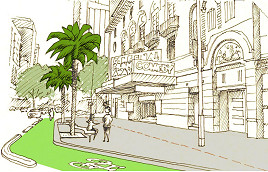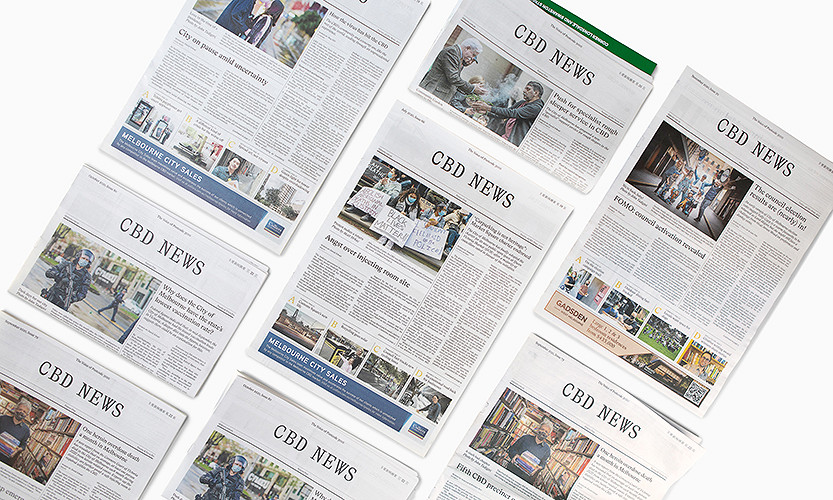Will the real Melbourne please stand up
By Shane Scanlan
The ambiguity surrounding the place name “Melbourne” is a continuing challenge for those who live and work within postcode 3000.
There are three Melbournes, which are often incorrectly interchanged with each other.
We’ve got wider metropolitan Melbourne, the municipality of Melbourne and the single postcode 3000 Melbourne. Without these extended descriptors, it is often difficult to know which Melbourne is being spoken of.
The City of Melbourne (the local municipal authority) is arguably the worst offender.
Its mayor (who we sacrilegiously tag as “Lord”) will unhesitatingly speak on behalf of the other 31 metropolitan mayors despite having no democratic mandate to do so.
Take, for instance, the Economist Intelligent Unit’s (EIU) annual survey of great places for international employees to live, which we Melburnians proudly wear as “the world’s most liveable city”.
The economist didn’t just look at the municipality of Melbourne (population 122,000) but, rather, the sprawling greater Melbourne.
Cr Doyle gets to claim bragging rights and speak on behalf of Melbourne’s millions not because he is entitled to, but because there is no one else.
This happens by default in other forums too. Recently Melbourne city councillors went to Paris to attend climate talks. While not claiming to represent anyone other than the municipal population, to the rest of the world, they are speaking on behalf of greater Melbourne’s 4.3 million.
This interoperability is evident within City of Melbourne staff too. Postcode 3000 residents attending a recent “Melbourne Conversations” around responses to climate change at Federation Square would have left disappointed if they were expecting the conversation to be about the CBD or, at least, the municipality.
The council-staff-moderated “conversation” was far from local. It was statewide, national and even international. It makes you wonder who Melbourne city staff think they are serving.
Within Australian capital cities, only Brisbane’s mayor can claim to speak for the whole metropolis.
And elsewhere in the great cities of the world, mayors are democratically representative of their wider constituencies. The mayor of New York represents the five boroughs of Manhattan, Brooklyn, the Bronx, Staten Island and Queens and the mayor of Paris truly represents 20 arrondissements.
A clue to our peculiar Australian city irregularity can be found in London, where the tiny City of London co-exists within a wider Greater London. But even here, political adjustments have been made to the extent that the mayor London speaks on behalf of 32 boroughs as well as the City of London.
Former Melbourne councillor, climate activist and Melbourne University research fellow Martin Brennan published an article last month suggesting a move to a greater Melbourne metropolitan authority based on the London model.
He sets a target of 2026 for this to happen and says, in the interim, the City of Melbourne should take the lead and establish collaborative mechanisms and projects with the other metropolitan councils.
“I would therefore propose that the Melbourne City Council embark on a Future Melbourne 2016 Collaborative City Agenda and, in partnership with city governments metropolitan wide, develop projects and activities that progress toward a post-carbon and resilient region in energy, food, water, waste and transport,” Mr Brennan says.
“An example of how the Melbourne City Council can initiate and activate a metropolitan wide response to building resilience is ‘Resilient Melbourne’, a Rockefeller Foundation funded initiative that the City of Melbourne delivers in collaboration with the 31 metropolitan Melbourne councils.”
What was left unsaid, and remains an unresolved problem with even the city’s current extra-curricula activities, is who pays?
No one has dissected the City of Melbourne’s current $385 million annual spend to analyse how much is spent on activities outside of the municipality. It would be fair to say “a lot”.
It is also reasonable to ask whether these activities should be funded by rates, fees and charges generated solely within the municipal borders?

Council endorses office tower at Flinders Lane despite querying car park demolition






 Download the Latest Edition
Download the Latest Edition